Birds of Our Observations
Let yourself be inspired by our fascinating observations from the past years and discover the diverse world of nature. Here, we regularly present a compilation of our latest discoveries and observations.
If you are looking for a specific bird, you can find it using the search field:
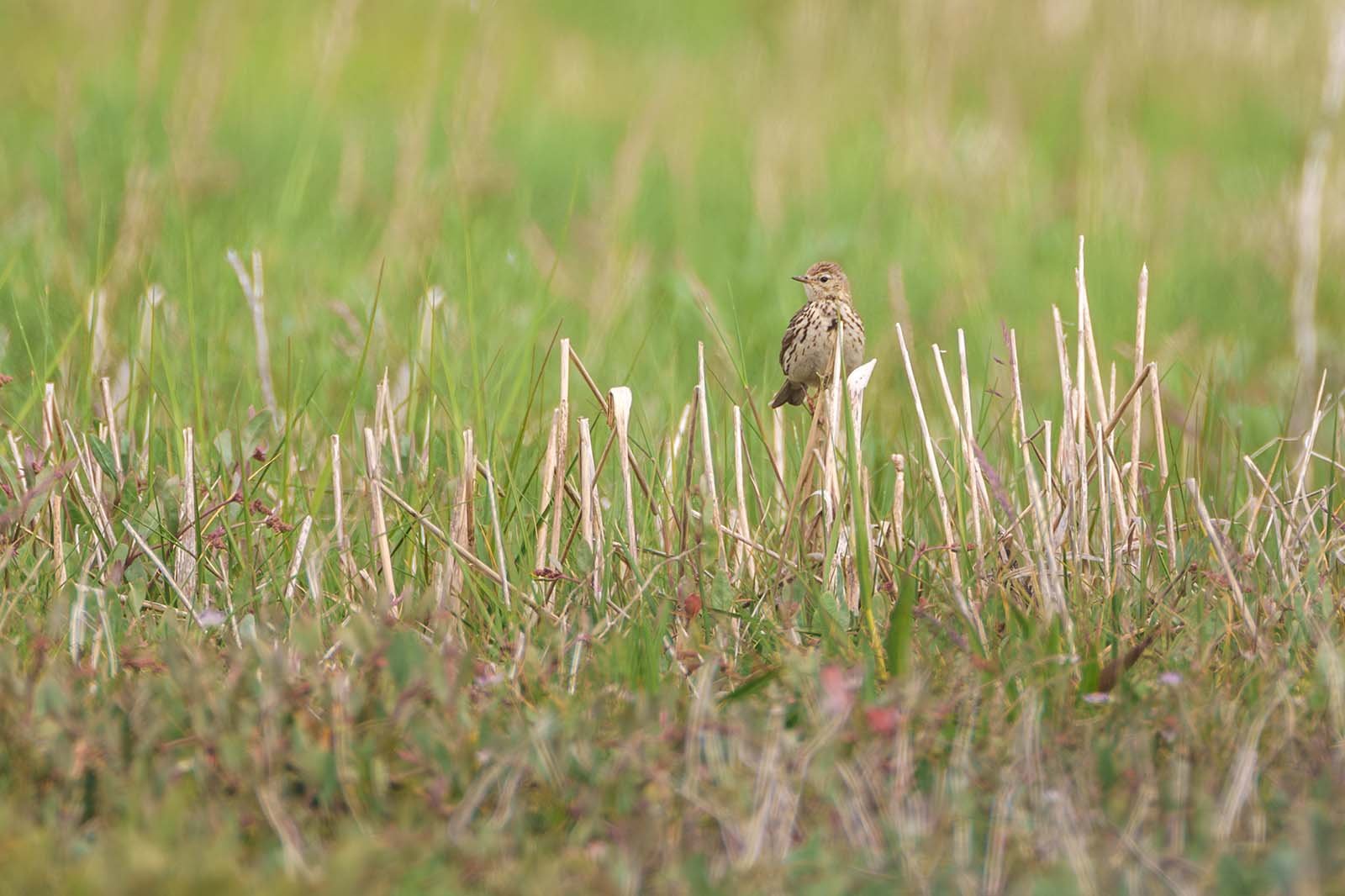
Meadow Pipit (Anthus pratensis)
Discover the meadow pipit, a charming breeding bird of Europe. Learn about its appearance, habitat, diet, and behavior – a true grassland dweller…
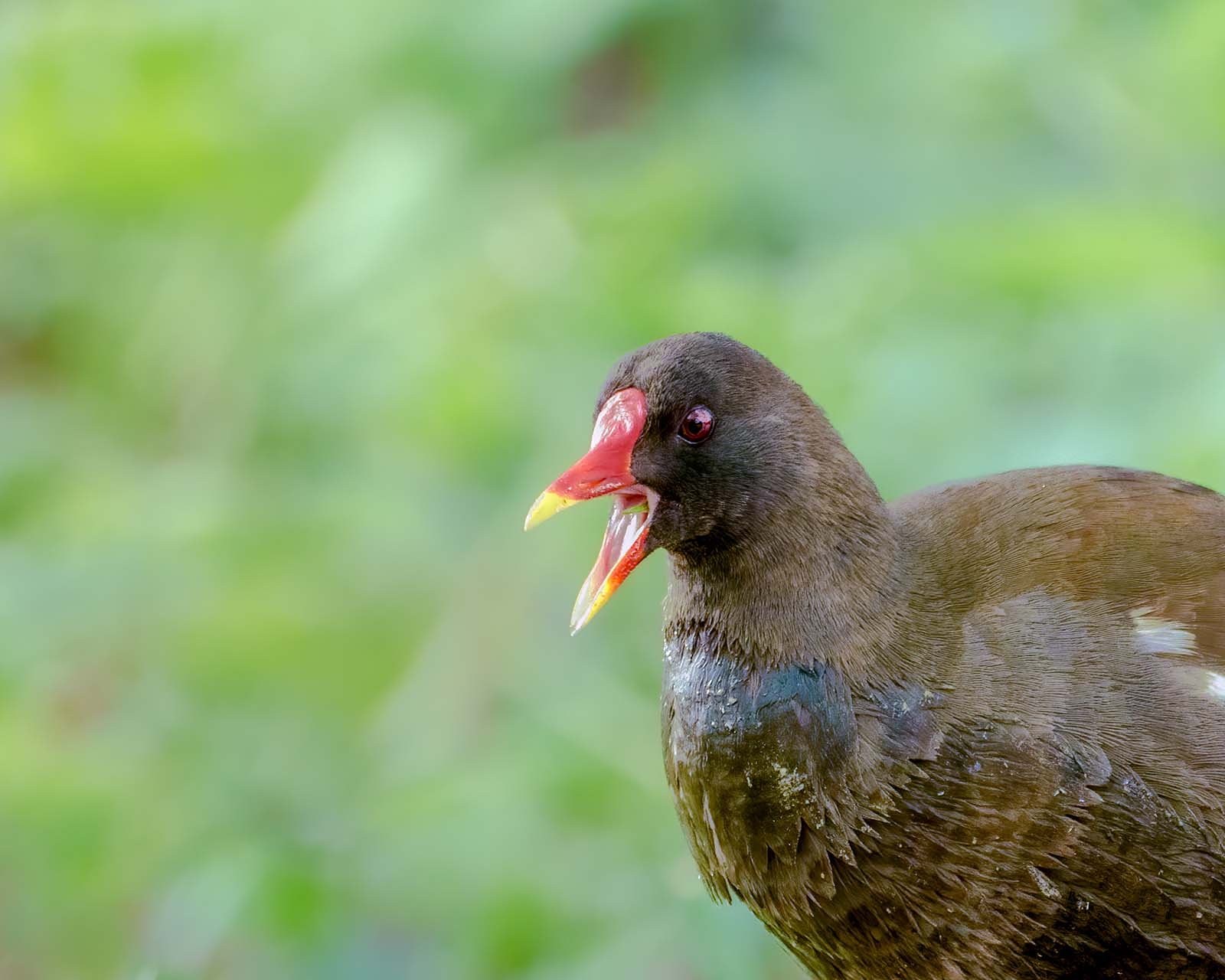
Common Moorhen (Gallinula chloropus)
The Common Moorhen, a native waterbird with slate-black plumage and a red bill, inhabits waters with dense shoreline vegetation. Learn more about its behavior and habitat.
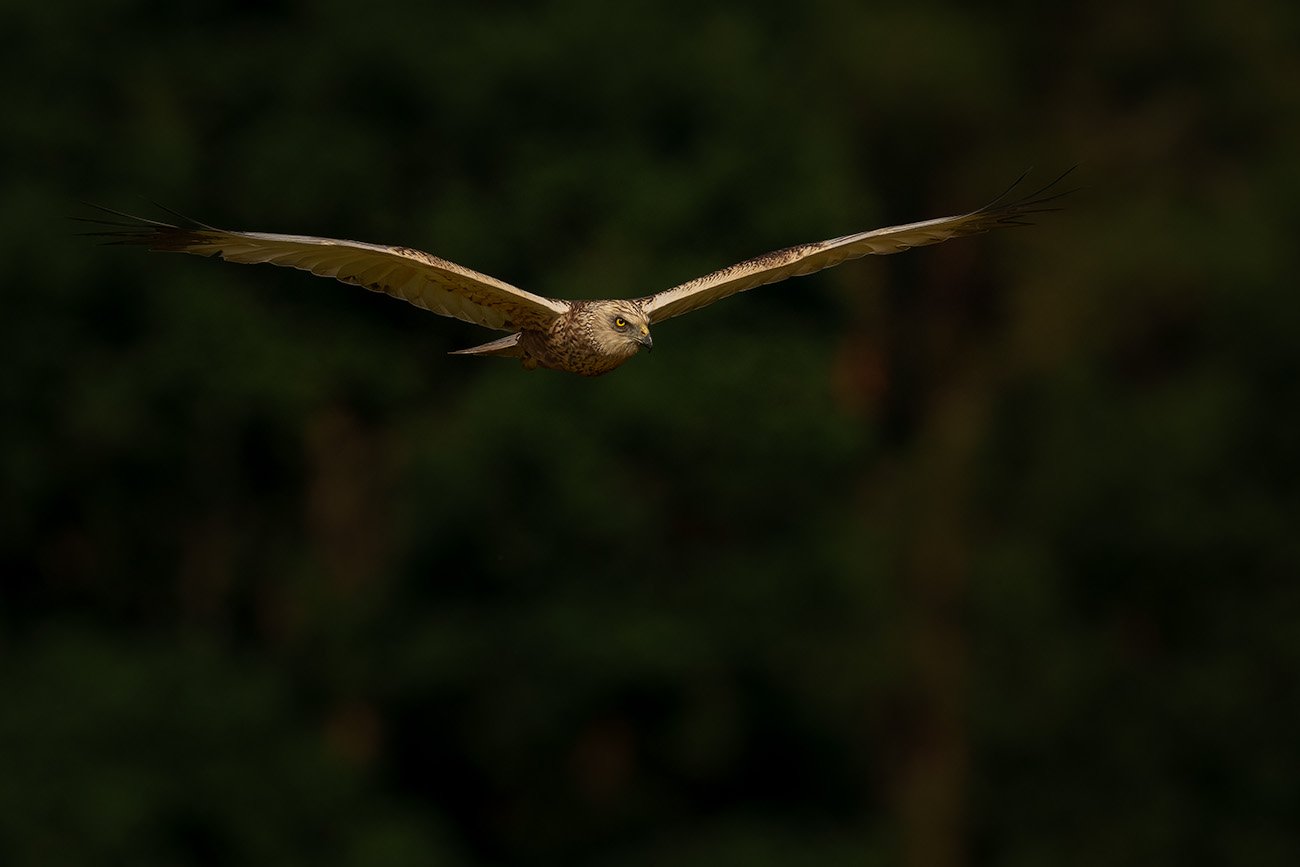
Western marsh harrier (Circus aeruginosus)
The marsh harrier is an elegant bird of prey, often seen gliding over wetlands and reed beds. Its wide wings and graceful flight make it easily recognizable. The contrasting colors of the male and the unique hunting behavior set this bird apart in the world of European birds.
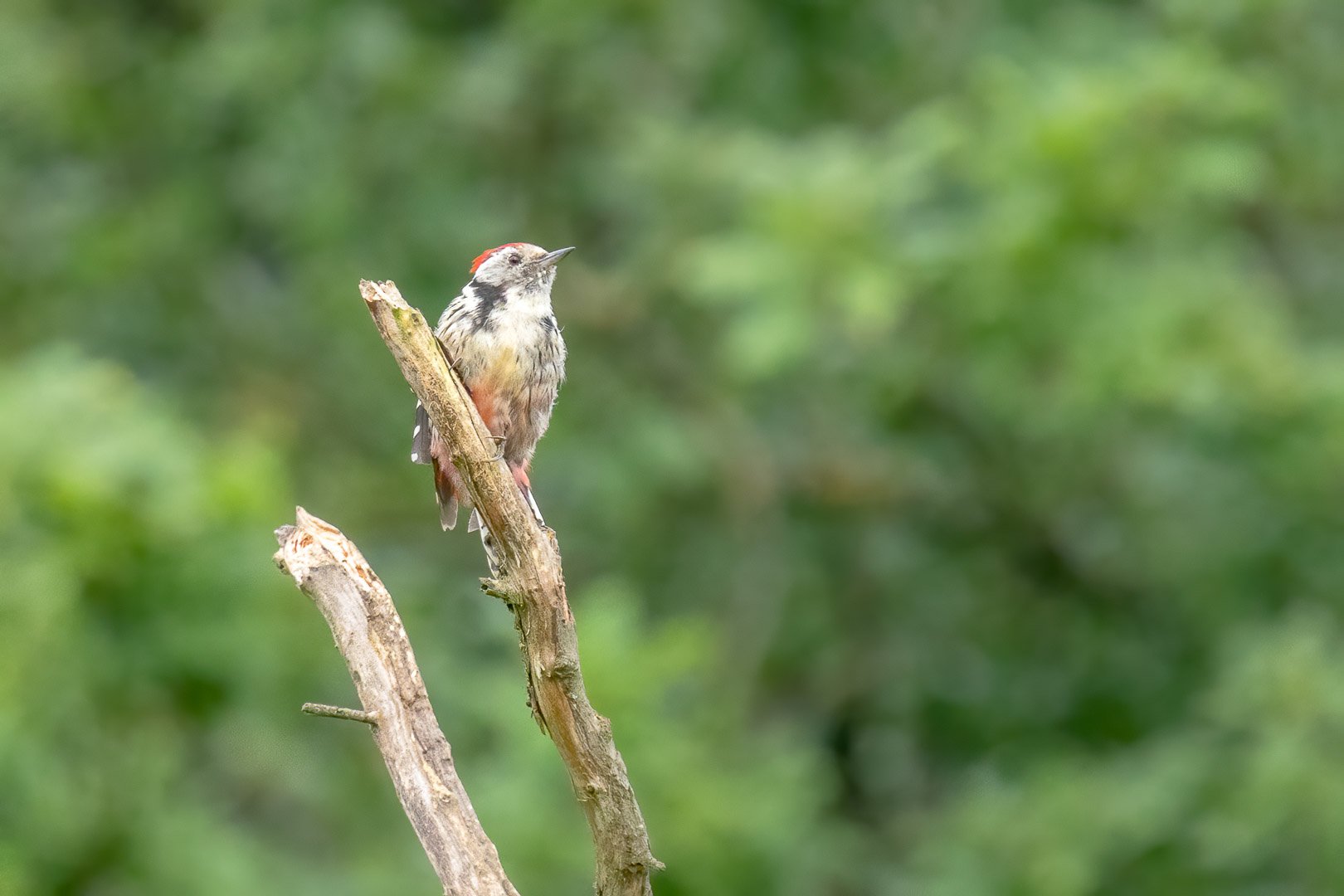
Middle spotted woodpecker (Dendrocoptes medius)
In the Western and Southwestern Palearctic, the Middle Spotted Woodpecker (Dendrocoptes medius) is a relatively rare bird species within the woodpecker family (Picidae). The species prefers tree canopies with coarse bark and trunk areas for foraging, and therefore, in many parts of its distribution range, it relies on old oak forests. However, it has also been documented in

Mallard (Anas platyrhynchos)
The Mallard (Anas platyrhynchos) belongs to the family Anatidae and is the largest and most widespread dabbling duck in Europe. Males have a striking green metallic head plumage, a yellow bill, and a white neck ring, while females have a more inconspicuous light brown plumage and an orange bill.

Eurasian magpie (Pica pica)
The Eurasian magpie (Pica pica) is a bird from the family of corvids and inhabits large parts of Europe, Asia, and Northern North Africa. It is particularly common in urban areas and is easily recognizable due to its black-and-white plumage with long tail feathers. Magpies are among the most intelligent birds and are considered one of the most intelligent non-human beings. The nidopallium

Mandarin duck (Aix galericulata)
The mandarin duck (Aix galericulata) belongs to the family of waterfowl (Anatidae) and the genus Aix. Originally from East Asia, there are also feral park populations in Europe that have arisen from escaped captive birds. While the duck species has been highly popular as ornamental poultry for centuries, populations in its original range are declining, and
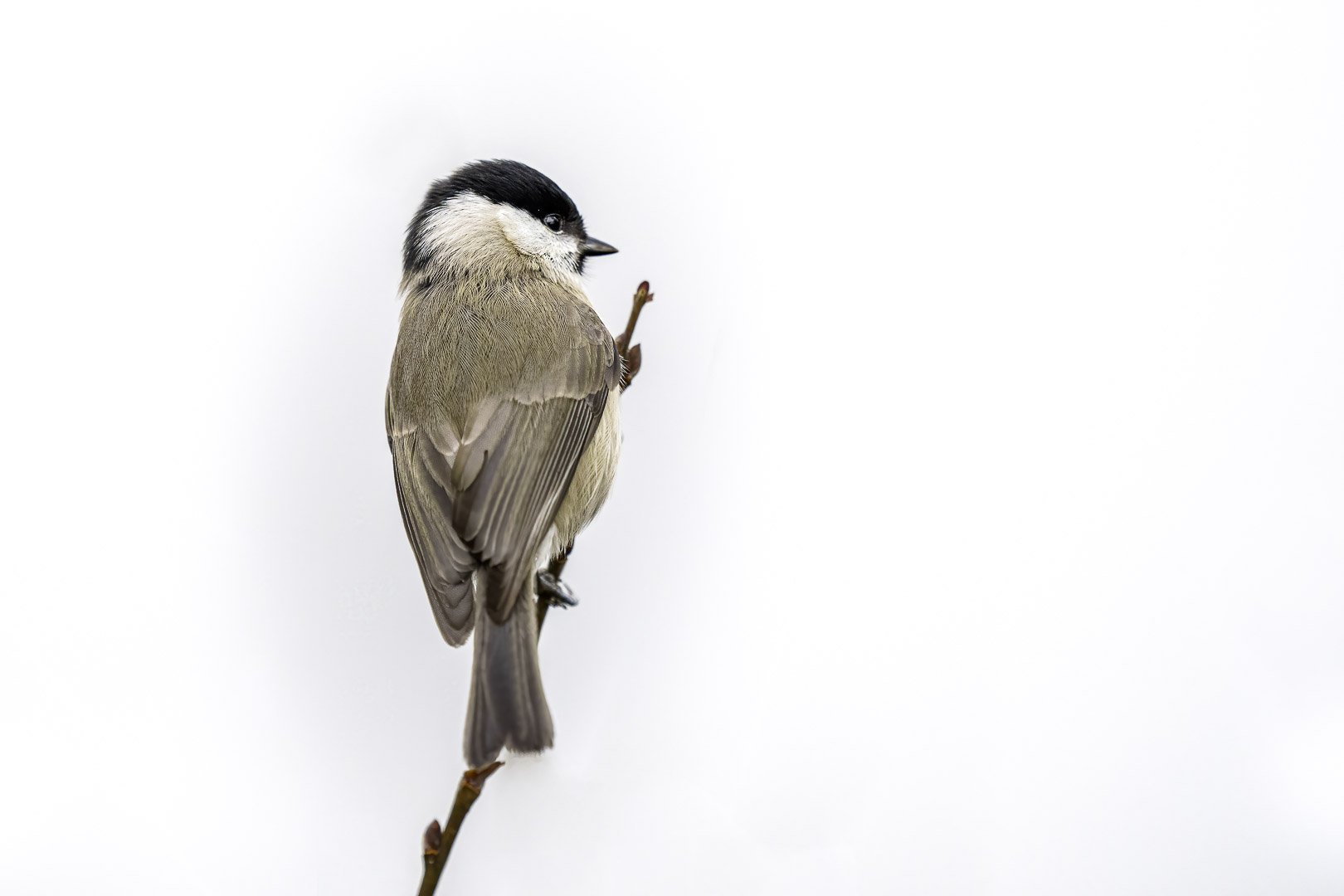
Marsh Tit (Poecile palustris)
The Marsh Tit (Poecile palustris) is a songbird from the tit family (Paridae) closely related to the willow tit and the coal tit. The Marsh Tit has a black crown and nape, pale cheeks, a brown back, and grayish-brown wings and tail. Between 8 and 11 subspecies are recognized. Due to its similarity to the willow tit, identification can be challenging, especially in areas where the two species overlap.

Mute swan (Cygnus olor)
The mute swan (Cygnus olor) belongs to the genus of swans (Cygnus) within the family of waterfowl (Anatidae) and the subfamily of geese (Anserinae). This bird species is semi-domesticated and widespread in Central Europe. It prefers lakes, park and fishponds, shallow bays, and open river courses in winter. The species is named after the black knob at the base of its bill. Swans have few natural predators in Central Europe, but mute swans are a huntable species in Germany, with several thousand shot every year. The strong territoriality of the swans during the breeding season and losses during severe winters contribute to the regulation of the population.
